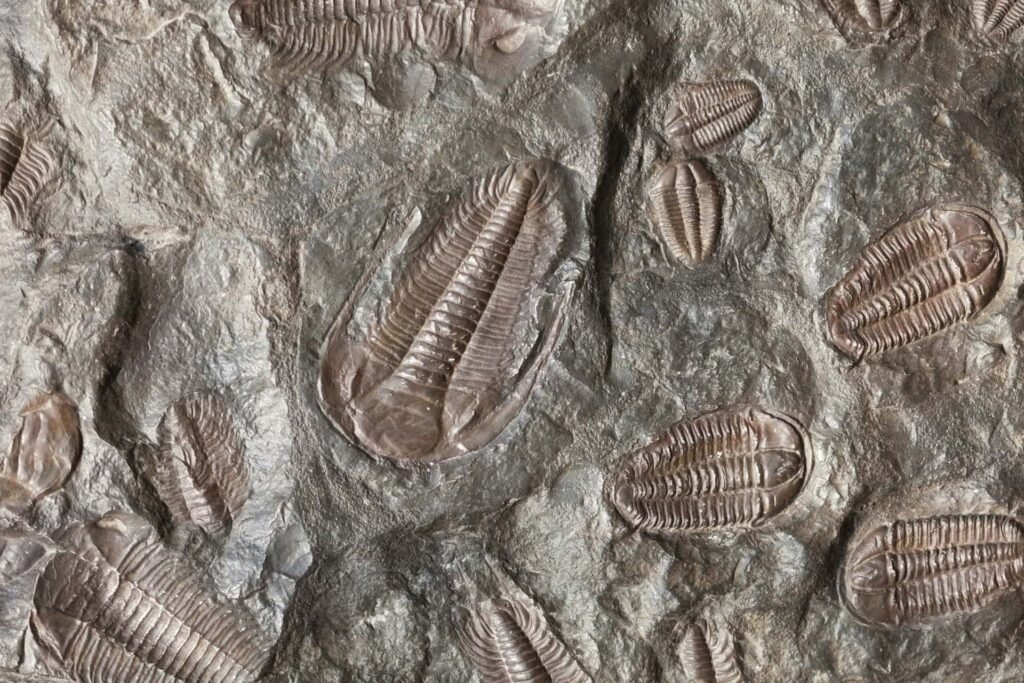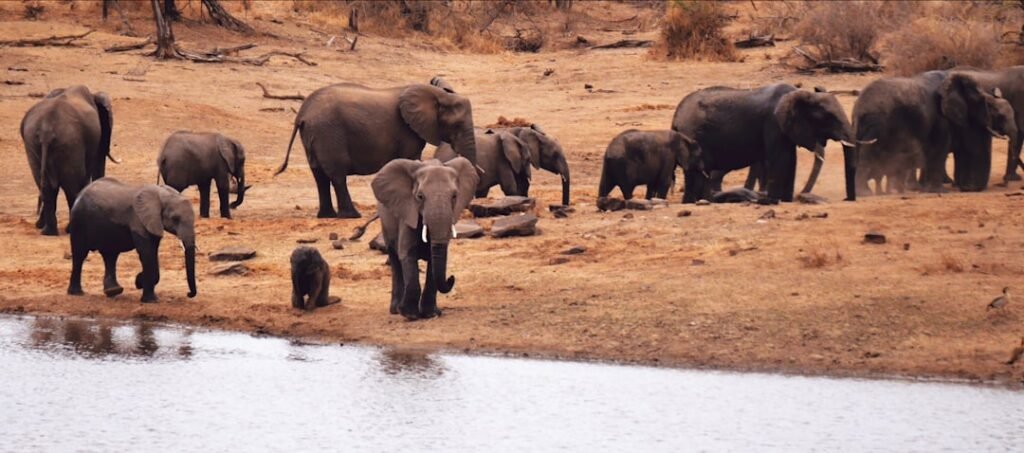The fossil record offers snapshots of the past, revealing how life has evolved over millions of years. By studying fossils, scientists can trace the development of species and understand the changes that have occurred over time. This evidence is crucial in piecing together the history of life on Earth.
Uncovering Earth’s History Through Fossils

Fossils are the preserved remains or traces of ancient organisms found in sedimentary rocks. They provide a chronological record, allowing scientists to reconstruct the sequence of life forms that have existed. This helps in understanding the progression and extinction of species throughout Earth’s history.
The Role of Stratigraphy in Dating Fossils

Stratigraphy involves studying rock layers (strata) to determine the relative ages of fossils. The principle of superposition indicates that lower layers are older than those above them. This method helps establish a timeline of evolutionary events.
Radiometric Dating: Pinpointing Ages

Radiometric dating measures the decay of radioactive elements to determine the absolute age of rocks and fossils. This technique provides precise dates, enhancing our understanding of when specific organisms lived.
Transitional Fossils: Bridging Evolutionary Gaps

Transitional fossils exhibit traits common to both ancestral and derived groups, illustrating evolutionary changes. For example, fossils of Archaeopteryx show features of both dinosaurs and birds, highlighting the transition from reptiles to avians.
Whale Evolution: From Land to Sea
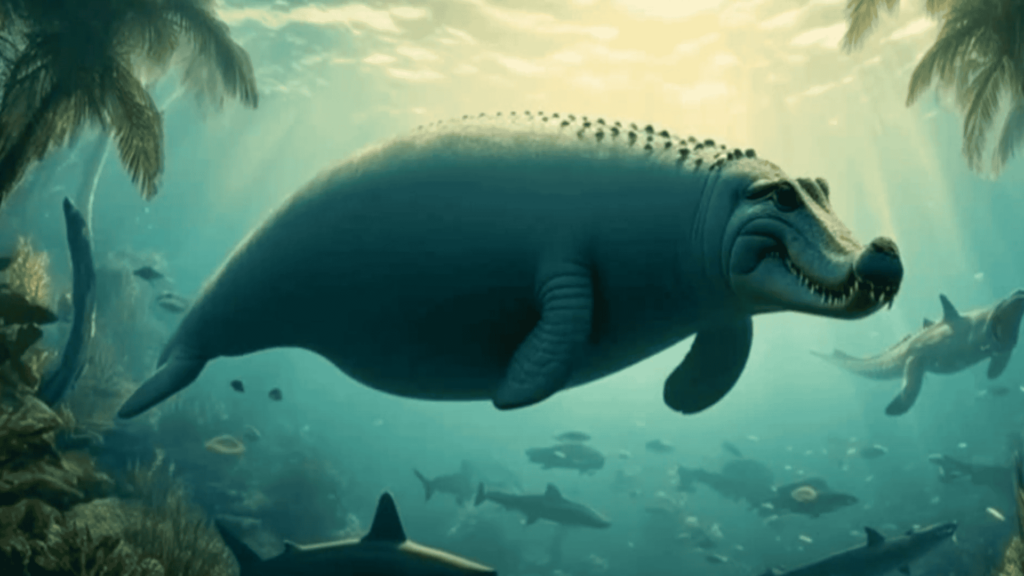
The evolution of whales showcases a dramatic transition from land-dwelling to fully aquatic life. Fossils of Ambulocetus, found in ancient estuary sediments, suggest it lived both on land and in water, bridging the gap between terrestrial ancestors and modern whales.
The Cambrian Explosion: A Burst of Life

Approximately 541 million years ago, the Cambrian Explosion marked a period of rapid diversification of life forms. Fossils from this era, such as those in the Burgess Shale, reveal a wide array of complex organisms, many representing early ancestors of current species.
Mass Extinctions: Catalysts for Evolution
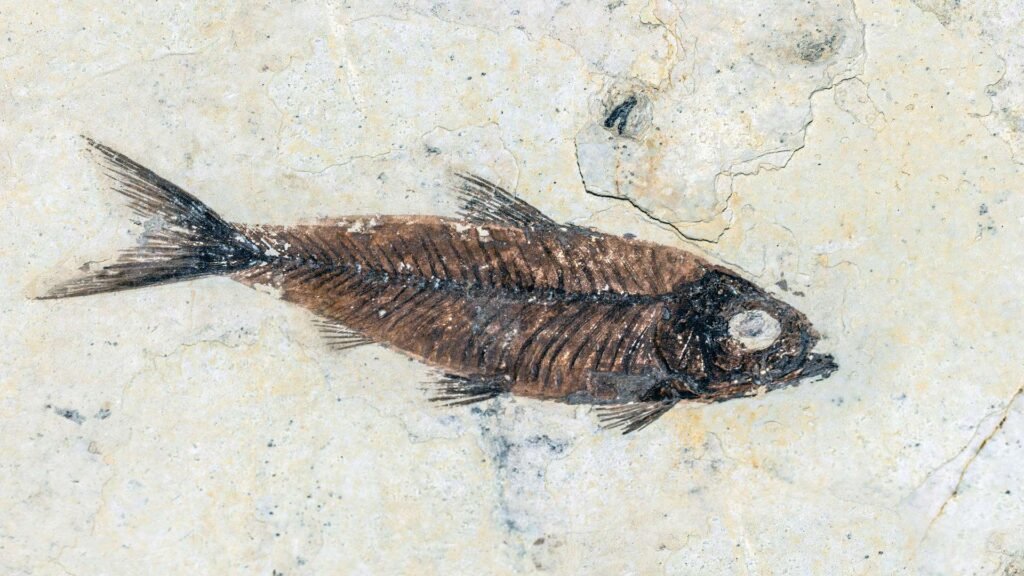
The fossil record shows several mass extinction events that drastically reduced biodiversity. These events often paved the way for new species to emerge and diversify, shaping the course of evolution.
Continental Drift and Species Distribution
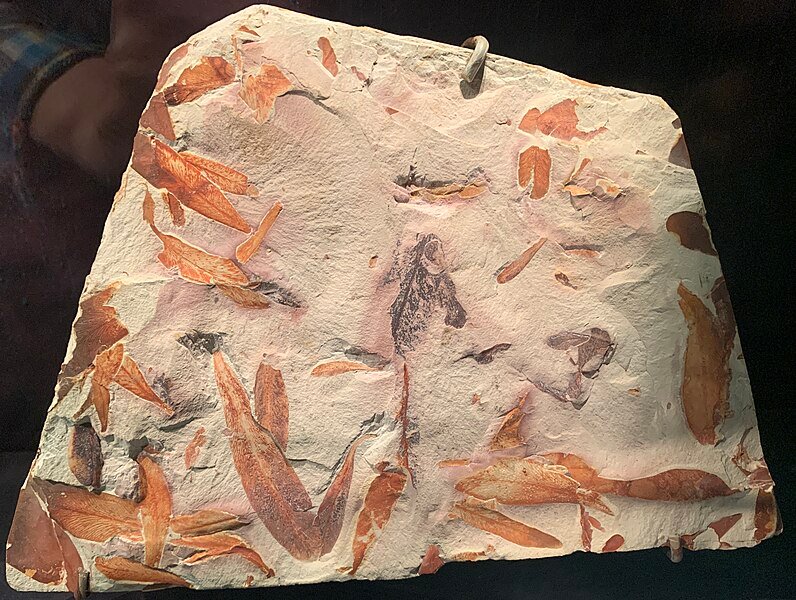
The movement of Earth’s continents has influenced the distribution and evolution of species. For instance, fossils of the plant Glossopteris found across South America, Africa, India, and Antarctica support the theory of continental drift, indicating these lands were once connected.
Stasis and Punctuated Equilibrium

Some species exhibit little change over long periods, a phenomenon known as stasis. Punctuated equilibrium suggests that evolutionary development is marked by long periods of stability interrupted by brief periods of rapid change, as evidenced in the fossil record.
Human Evolution: Tracing Our Ancestors
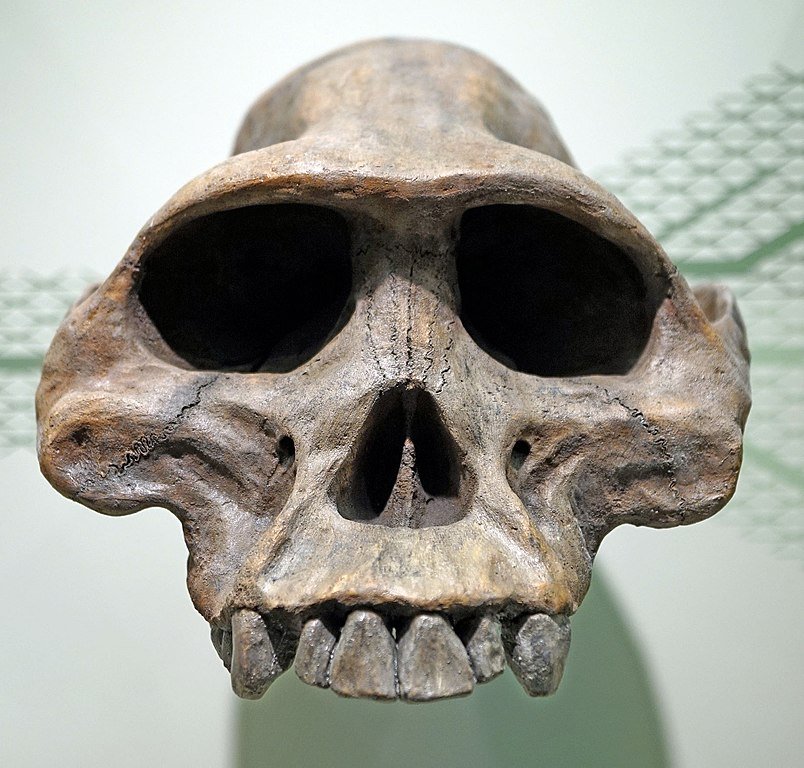
Fossil discoveries, such as those of Australopithecus afarensis (e.g., “Lucy”), provide insight into human evolution. These fossils help trace the development of bipedalism and other traits that distinguish humans from other primates.
The Ongoing Journey of Discovery

The fossil record is continually refined with new discoveries. Each find adds a piece to the puzzle, enhancing our understanding of life’s history and the processes that have shaped evolution. In summary, fossils are invaluable in unraveling Earth’s biological past. They document the progression of life, the impact of environmental changes, and the intricate pathways of evolution that have led to the diversity we see today.

Jan loves Wildlife and Animals and is one of the founders of Animals Around The Globe. He holds an MSc in Finance & Economics and is a passionate PADI Open Water Diver. His favorite animals are Mountain Gorillas, Tigers, and Great White Sharks. He lived in South Africa, Germany, the USA, Ireland, Italy, China, and Australia. Before AATG, Jan worked for Google, Axel Springer, BMW and others.

